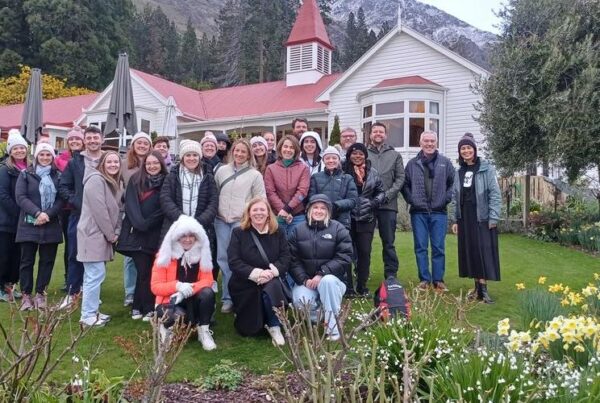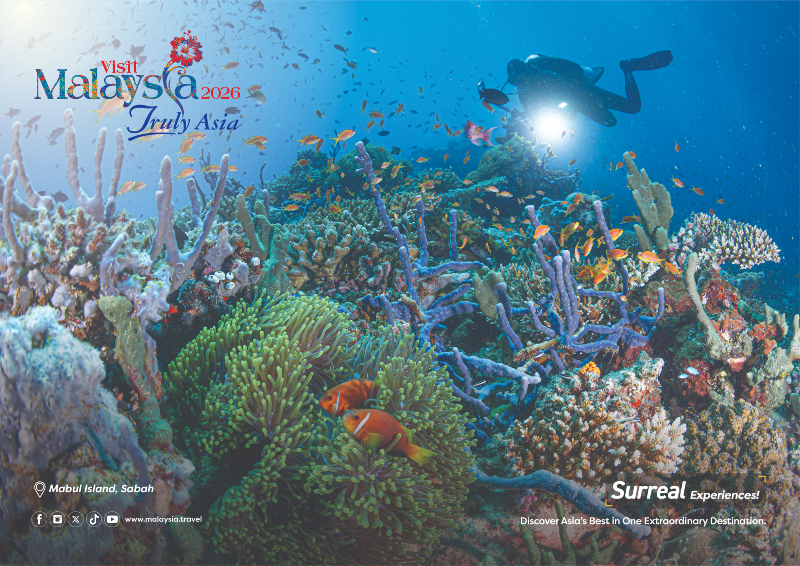The Australian Travel Industry Association (ATIA) has strongly refuted claims made in a recent KPMG report that the travel agent profession is in long-term decline, labelling the report’s conclusions as “misleading” and “out of touch” with the realities of today’s travel landscape.
The report — which points to a 10-year reduction in travel agent roles and identifies the profession as the “biggest declining major occupation” due to digital disruption — relies heavily on data from the 2021 Census, collected at the peak of the COVID-19 crisis when international borders were closed and the industry had come to a standstill.
ATIA CEO Dean Long said it was a grave misreading of the context in which that data was gathered.
“At the time of the 2021 Census, our sector was in survival mode. The pandemic forced border closures that decimated demand for international travel — the very bread and butter of many travel agents — and more than a third of our workforce was lost,” Long said.
“But the landscape today is very different. Not only has demand returned — it has surged.”
According to ATIA, Australian travellers are now turning to travel agents in greater numbers than ever before. In 2024 alone, ATIA’s accredited members booked $13.5 billion in retail travel, $11.8 billion in corporate travel, and $5.6 billion in land operations — figures that reflect both a rebound and a shift in consumer preferences.
“The golden age of travel professionals is now,” Long declared. “People are craving personalised service, expert advice, and someone to advocate for them if things go wrong — especially in an era of constant flight delays, changing entry rules, and global disruptions.”
One of the strongest signs of the profession’s resilience is the continued dominance of agents in key booking channels. Over 70% of international airfares and more than 90% of corporate travel bookings are still made through agents — a striking figure given the proliferation of online travel tools.
This uptick in demand is particularly evident among corporate travellers, families planning complex itineraries, older Australians navigating insurance and health requirements, and travellers with accessibility needs — all groups that benefit significantly from professional support.
One of the clearest shifts in recent years has been a generational change in consumer trust. Increasingly, Australians are turning away from the DIY booking model in favour of professional guidance.
Rather than assuming it’s cheaper or faster to book online, more travellers now value reassurance, transparency, and having an expert on hand when things go wrong — especially amid rising cancellations, complex visa requirements, and changing airline conditions.
While the KPMG report does mention that more than 17,000 Australians currently work as Tourism and Travel Advisors (according to Jobs and Skills Australia), it fails to acknowledge the same organisation’s forecast that the sector will grow by 4.3% over the next five years and nearly 10% by 2034.
ATIA argues that the key challenge now is not declining relevance — but a critical workforce shortage.
“We’re facing an urgent skills gap. Demand has rebounded faster than the workforce can keep up, and we’re working closely with government and training bodies to address this shortfall,” Long said.
“The KPMG report paints a bleak picture that doesn’t reflect what’s actually happening in agencies and offices around the country. The reality is that our members are hiring, and customers are queuing.”
The broader context also plays in travel agents’ favour. With the global travel landscape increasingly complex — from war zones and natural disasters to visa delays and geopolitical shifts — Australians are recognising the value of having an expert in their corner.
As the sector continues to rebuild, ATIA is urging policymakers, media, and industry observers to look beyond outdated data and recognise the crucial role travel agents play in the modern travel experience.
“We’re not a profession in decline — we’re a profession in transformation and renewal,” Long concluded.









